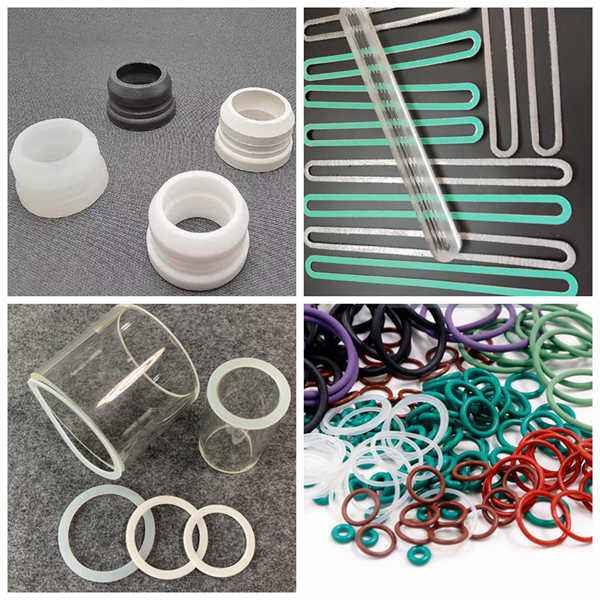SightGlassTube
sealing
sealing
Couldn't load pickup availability
Sealing: The Key to Preservation and Protection
Sealing is an essential process in various industries, playing a crucial role in preservation and protection. Whether you’re dealing with food, liquids, or perishables, sealing ensures that products are kept fresh and uncontaminated. Understanding the different sealing methods and their applications can significantly improve the quality and longevity of your products.
One of the primary purposes of sealing is to prevent spoilage. For instance, in the food industry, sealing airtight containers helps preserve the freshness of ingredients, extends shelf life, and maintains taste and nutritional value. The process of sealing food products effectively reduces exposure to air, moisture, light, and bacteria, which are the primary contributors to spoilage.
Moreover, sealing is not limited to food preservation. It is equally crucial in manufacturing and packaging industries. Sealing protects the integrity of products by safeguarding them against dirt, moisture, and physical impacts during transit. Industrial sealing solutions, such as heat sealing, adhesive sealing, and vacuum sealing, cater to various market needs, ensuring products arrive at their destinations without damage.
Another vital aspect of sealing is its application in the construction industry. Proper sealing between windows, doors, and other fixtures helps prevent air leaks, improving energy efficiency and indoor comfort. Weatherproof sealing solutions can protect homes from external elements such as wind, rain, and pests, contributing to the longevity of the structure.
When it comes to sealing technologies, there are numerous options available today. Each method comes with its benefits and suitable use cases. The most popular sealing technologies include:
- Heat Sealing: Utilized in packaging, heat sealing involves applying heat to melt thermoplastic materials to form a bond. This process is widely used for bags, pouches, and food containers.
- Vacuum Sealing: This technique removes air from packaging before sealing, significantly prolonging shelf life, particularly for perishable goods.
- Adhesive Sealing: Used in various applications, adhesive sealing involves attaching two surfaces together with a bonding substance, ideal for packaging and crafts.
- Pressure Sealing: This method relies on mechanical pressure to create a seal, often used in construction for sealing joints and seams.
Choosing the right sealing method can depend on several factors, including the type of product, intended use, and environmental considerations. It is essential to assess your sealing needs accurately to select the most effective solution.
Furthermore, the importance of sealing is amplified by advancements in technology. Innovations in materials and technologies have led to the development of advanced sealing solutions that offer improved performance, durability, and cost-effectiveness. Products made from advanced materials such as polyethylene, polypropylene, and other polymers provide better sealing capabilities, ensuring longer-lasting protection.
In addition, environmental consciousness has influenced the sealing industry, leading to the rise of eco-friendly sealing solutions. Companies are developing biodegradable and recyclable sealing materials that not only ensure product safety but also minimize environmental impact.
In conclusion, sealing is a vital process across multiple sectors. By understanding and implementing the right sealing methods, businesses can enhance their product offerings, protect their investments, and satisfy consumer demands for quality and safety. As we continue to innovate and improve sealing technologies, the future looks bright for products that depend on effective sealing solutions. Choosing the correct sealing technique not only preserves the integrity of your products but also boosts your brand's trustworthiness in a highly competitive market.
Share

